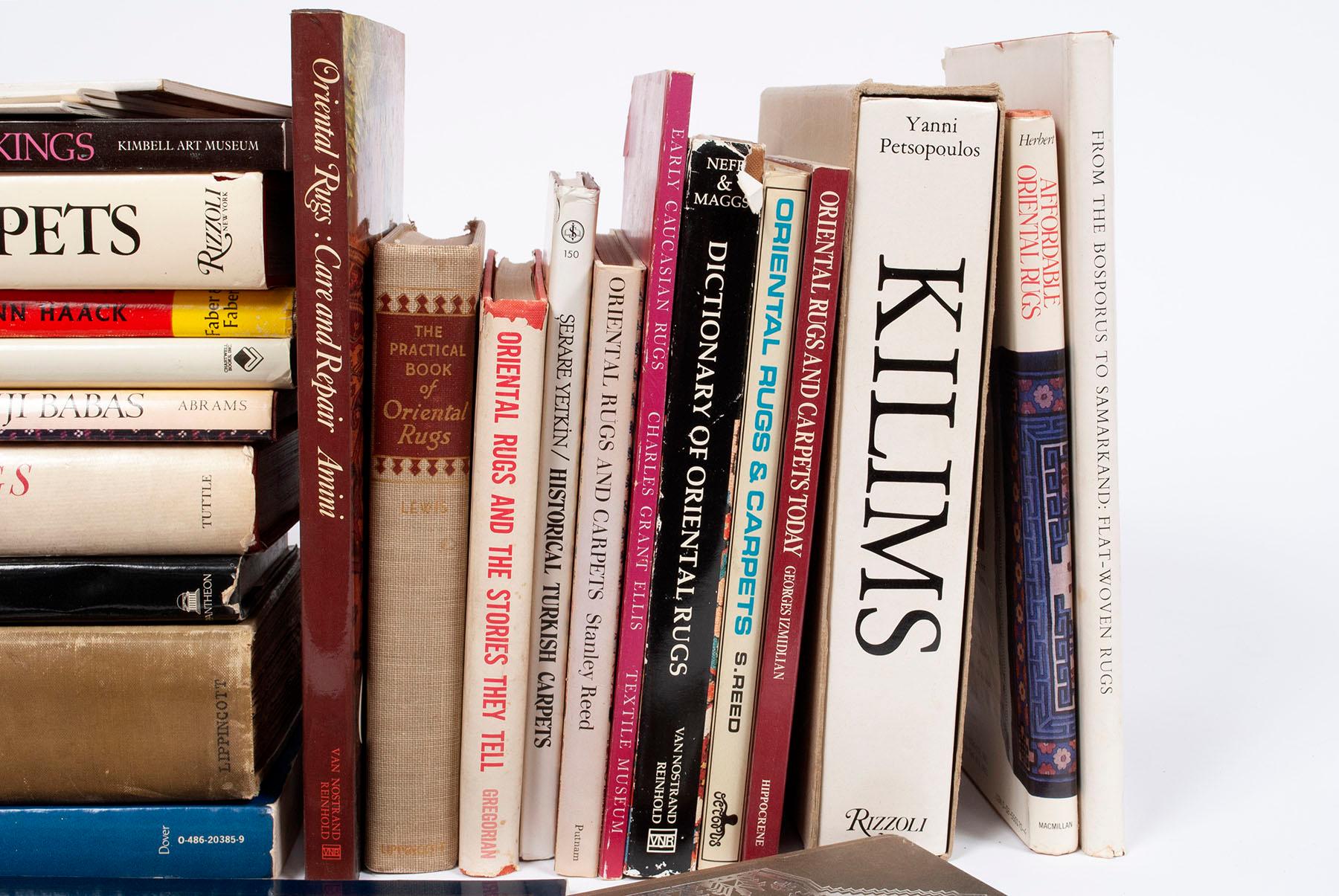If you are interested in learning about the history and culture of Iran, one of the aspects that you should not miss is the art of weaving. Iran has a rich and diverse tradition of producing various kinds of fabrics, such as carpets, rugs, kilims, needleworks, and more. In this article, we will focus on two types of flat woven fabrics: kilim and needlework. We will explain what they are, how they are made, what patterns they have, and what functions they serve. We will also compare and contrast them with each other and with other types of fabrics. By the end of this article, you will have a better understanding of these beautiful and unique fabrics that reflect the Iranian culture and heritage.
What is a kilim and what kind of weave is it?
A kilim is a type of fabric that is flat woven and has no pile. It has the same pattern on both sides, and its warp threads are parallel and straight. There are three main categories of flat woven fabrics:
- Warp-faced weaves, which use the warp threads to create the design and color. Jajim and palas are examples of this kind.
- Weft-faced weaves, which use the weft threads to create the design and pattern. The warp threads are not visible at all. Kilim belongs to this category.
- Interlocking weaves, which use colored yarns to twist around the warps in a chain-like manner. This kind of weave has a front and a back side, which are different. Needlework and twist weaves are examples of this kind.
In a kilim, the weft threads are loosely and wavy wrapped around the warps in a zigzag way. They go over and under the warps and cover them completely. Kilim is the thinnest and softest of all flat woven fabrics. If we use the same thickness of yarn for all kinds of weaves, kilim will be more flexible and almost like a cloth.
What are the methods for creating patterns in a kilim?
There are different ways to create patterns in a kilim. The simplest one is kilim moharramat, which uses different colors in stripes along the width of the fabric. This kind of kilim can be made by hand or by machine.
The second one is slit weave, which is also called stepped weave. In this method, there is a slit between two colors in the fabric. Therefore, the length of each color is kept short to avoid long slits. This makes the fabric stronger.
The weaving of slit or stepped kilim and jajim is common in many places with different names. They are often called kilim as well.
The third one is shared warp, which is used to reduce slits.
The fourth one is shared weft, which has fewer slits and vertical lines in it. It is woven with single hook or double hook.
- Single hook, which has the same pattern on both sides.
- Double hook, which has a different pattern on each side.
The fifth one is uneven weaving, which is more common in Kurdistan and has curved patterns.
Are kilim patterns only geometric?
No. In some areas like Kurdistan, they also use curved patterns in kilim. In most kilims, geometric patterns are used, but in Safavid times and in royal workshops, fine and delicate kilims were woven that used floral, Chinese, and arabesque patterns. Of course, these kilims were exclusive to the court because they used silk yarn that other people did not have access to.
How was kilim weaving in the Achaemenid period?
In the Achaemenid period, the method of patterning on fabric was slit weaving. The thickness of the material determined its use: thin material was used for clothing, medium material was used for covers, and thick material was used for underlays. All of them were woven with slit weaving technique but with different materials. The fabrics that were found from the Achaemenid period and later are called kilims. This mistake means that some fabrics are wrongly named as kilims or that any kind of flat woven fabric is called a kilim.
What is the difference between different types of kilim and needlework weaves?
A kilim is a type of flat weave that uses the weft threads to create the pattern. The weft threads go over and under the warp threads in a zigzag way. The warp threads are placed next to each other without any angle. The weft threads also reinforce the fabric. A kilim has a limitation of pattern in the vertical direction and it requires a lot of skill to create a vertical pattern. A needlework or twist weave is another type of flat weave that uses a colored weft thread to create the pattern. The colored weft thread twists around a pair of warp threads in a chain-like way and does not cut unless the pattern changes. One or two weft threads of the same material as the warp are also used for strength, just like a carpet. These weaves are one-sided and stiffer and thicker than a kilim. A needlework or twist weave has no limitation for pattern and weave.
A needlework or twist weave, despite having knots, is similar to a carpet with the difference that it has no pile. The similarity between a kilim and a needlework or twist weave is that they both have no pile.
Is it common to mistakenly call a kilim among weavers?
No. In places where they weave both a kilim and a needlework or twist weave, they never call one by the other name. This mistake happens in urban areas and sales areas due to lack of knowledge. Sometimes, this wrong term is even expressed as "needlework kilim" which is completely wrong because these two weaves are different from each other in both appearance and weaving technique. In production areas, they have different names for each weave and they can tell them apart by their correct names.
What is the reason for this wrong term between needlework and kilim?
The reason is common mistakes and lack of sufficient knowledge of different types of weave. People either do not have enough technical knowledge, because the way of doing work in each weave is different from the other, or they do not know the naming and classification of weaves in production areas. The weaver usually knows each weave by its own special name, for example, they say shirki twist independently. And they usually know a kilim by the name of "kilim" and express a needlework or twist weave by its own name.
What are the areas of needlework weaving in Iran? And which weave is common in these areas?
The areas of needlework weaving in Iran are northwest, southwest, and southeast regions. In northwest, especially in Azerbaijan and Ardabil regions, varni is common. In southwest, especially among Qashqai people, rando is common. There are two types of rando: rando sibama, which has all the background and flowers twisted by weft, and rando jajim flower, which has only flower patterns twisted by weft and the background is canvas weave - only weft - like jajim. In southeast, especially among Kerman and Afshar tribes, shirki twist is common.
Why are needlework weaves called by this name?
They are called by this name because of their visual similarity to needlework.
Structurally, what is the major difference between kilim and needlework?
The major difference between kilim and needlework is that needlework is a flat stiff weft weave and kilim is a flat loose weft weave.
And the functions of kilim?
Kilim is a good option for investment because it can be used for various purposes such as wall hanging, sofa cover, floor covering, etc. Also, some other reasons for investment are less difficulty compared to carpet weaving, higher weaving speed, and less problems for those who live in apartments. This art can be an entrepreneurial opportunity for those who are interested in traditional arts.
In this article, we have learned about two types of flat woven fabrics: kilim and needlework. We have seen how they are different from each other and from other types of fabrics. We have also learned about their history, culture, patterns, and functions. We hope that this article has given you a deeper appreciation of these amazing fabrics that represent the Iranian art and identity.
















































Leave a comment